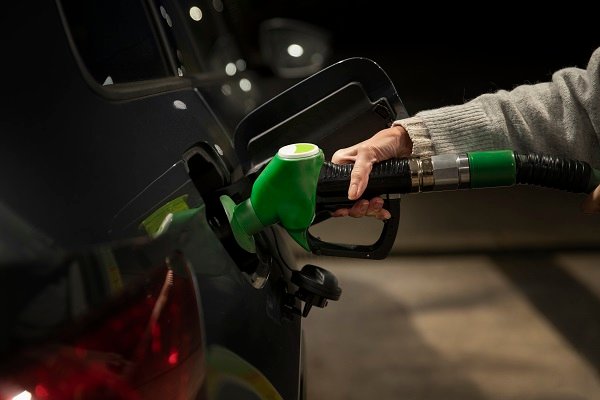A passion for exploration drives adventurers and off-road enthusiasts, propelling them across rugged terrains and challenging trails in search of the thrill of the unknown. However, amid their adventurous journeys, the looming dread of running out of fuel in remote areas can diminish their enthusiasm.
That said, long-range fuel tanks are vital components for adventurers and off-road enthusiasts, enabling them to explore the wilderness without fearing fuel depletion. So, this guide will explore their significance, and different long range fuel tanks parts, offering insights into their construction, components, installation process, and the myriad benefits they bring. Whether navigating through dense forests or traversing desert dunes, these indispensable fuel tanks ensure that every journey is fueled by freedom and adventure.
Understanding Long Range Fuel Tanks
They are larger-capacity fuel tanks designed to replace or supplement a vehicle’s standard fuel tank. They are commonly made of robust materials like steel or aluminum, designed to endure the rigors of off-road terrain. By increasing fuel capacity, long-range fuel tanks allow drivers to extend their range and explore remote locations confidently.
Components of Long Range Fuel Tanks
Composing various essential parts, each fulfilling a vital function in the fuel system’s smooth and secure functioning, these components encompass the tank, mounting brackets, filler neck, fuel gauge sender unit, and plumbing connections. It’s imperative to grasp the synergy between these elements to optimize the advantages of long-range fuel tanks.
Tank Material and Construction
The material and construction of long-range fuel tanks are essential for durability and performance. Steel tanks offer robustness and protection against impacts, while aluminum tanks provide lightweight and corrosion-resistant options. The tank’s construction is designed to withstand rough terrain and harsh conditions, ensuring reliability during off-road adventures.
Mounting Brackets and Installation
Proper installation of long-range fuel tanks is important for optimal performance and safety. Mounting brackets securely attach the tank to the vehicle chassis, providing stability and support. To ensure the tank is fitted correctly and securely, it is essential to follow manufacturer guidelines and seek professional installation if necessary.
Filler Neck and Cap
The filler neck is where fuel is added to the tank, and it plays a vital role in maintaining a secure and leak-proof connection. A high-quality filler neck includes a sturdy cap, which prevents dirt and debris from ingressing into the tank, which could lead to contamination. Regularly checking the filler neck and cap is important to confirm their proper functionality.
Fuel Gauge Sender Unit
The fuel gauge sender unit is tasked with gauging the fuel level within the tank and transmitting this data to the vehicle’s dashboard display. Accurate fuel level readings are important, especially when traveling long distances in remote areas. Regular maintenance and calibration of the fuel gauge sender unit are essential for reliable performance.
Plumbing Connections and Fuel Lines
Plumbing connections and fuel lines guarantee smooth fuel flow from tank to engine, requiring secure links to prevent fuel loss and potential dangers. Regularly inspecting and maintaining fuel lines is vital for safe operation, especially in challenging off-road conditions where dependability is important.
Benefits of Long Range Fuel Tanks
Their primary benefit is the extended range they provide, allowing drivers to travel longer distances without frequent refuelling stops. This is particularly advantageous for off-road and remote travel where fuel stations are scarce. Additionally, long-range fuel tanks can improve vehicle balance and stability by distributing weight more evenly.
These tanks are essential components for extending the range and capabilities of vehicles, particularly for off-road enthusiasts and adventurers. By understanding the various long range fuel tanks parts and their functions, drivers can ensure optimal performance and reliability on their journeys. Proper installation, maintenance, and regular inspection are important to maximizing the benefits of long-range fuel tanks and enjoying worry-free exploration in remote locations.
